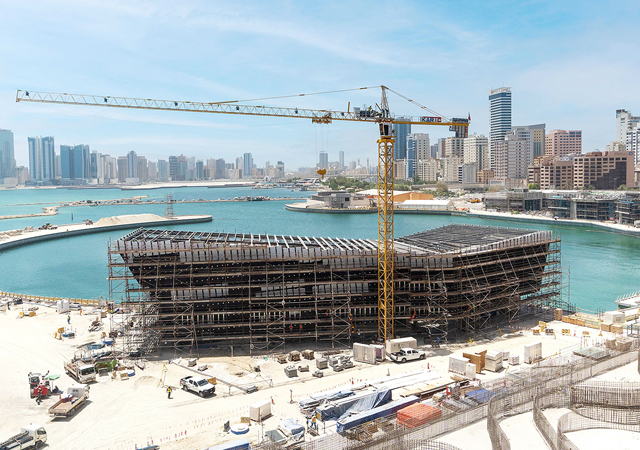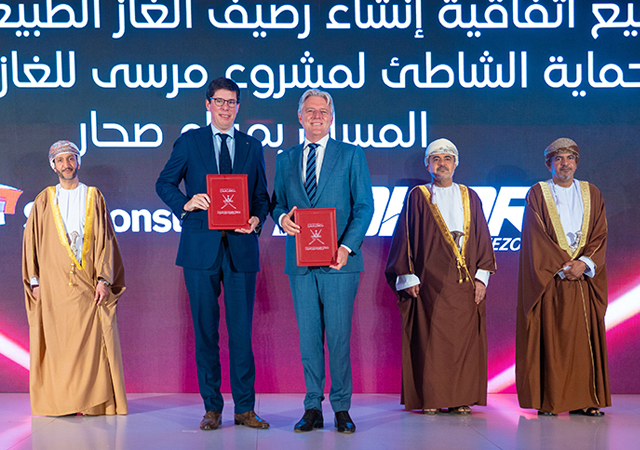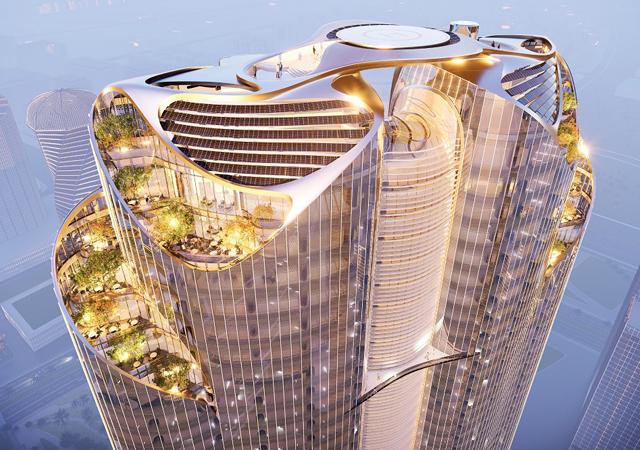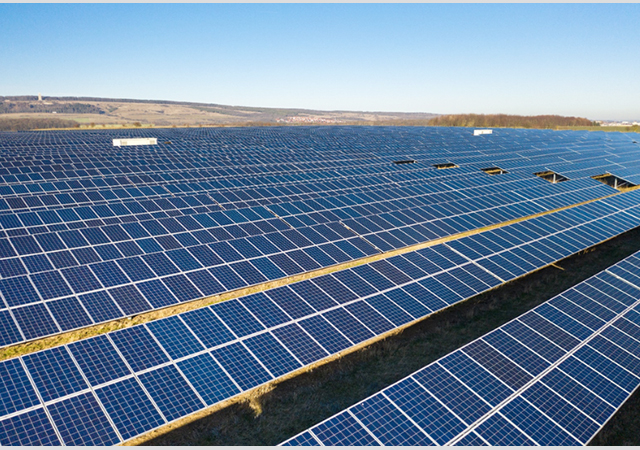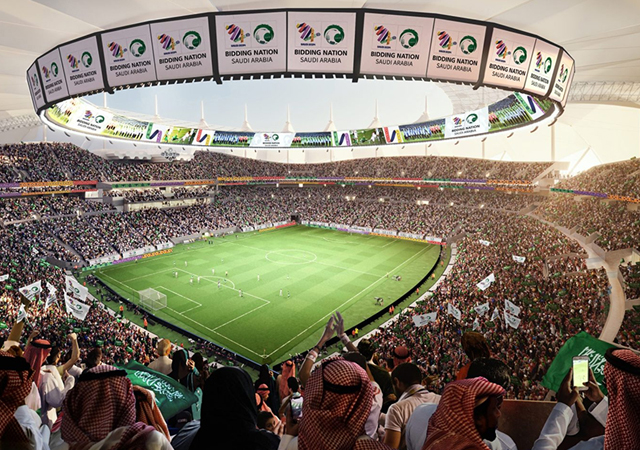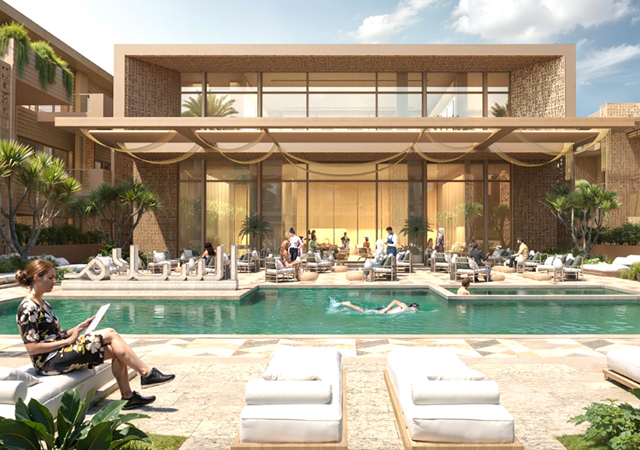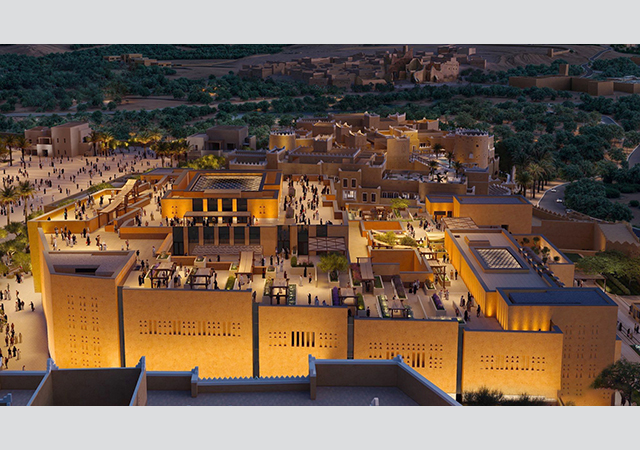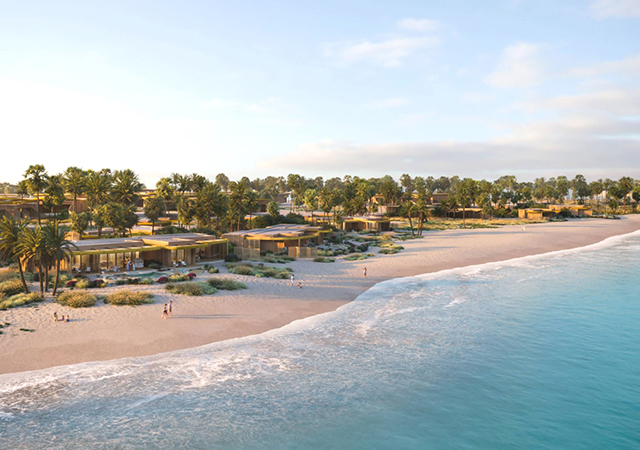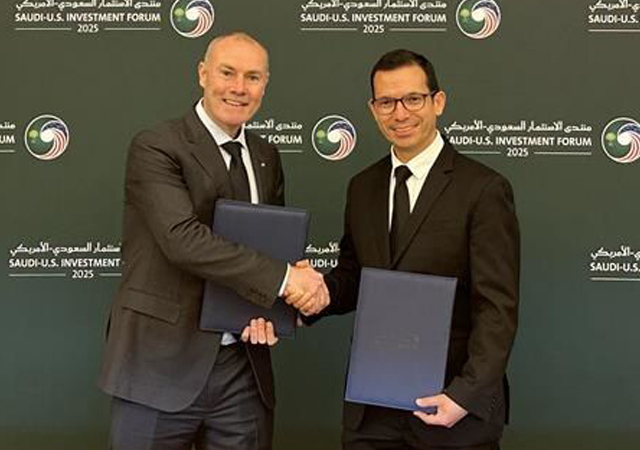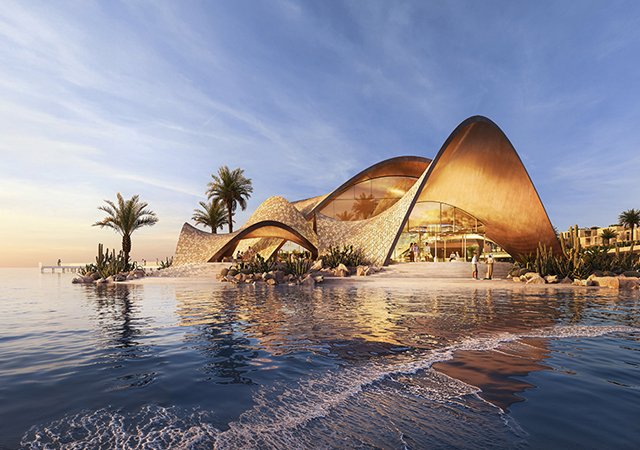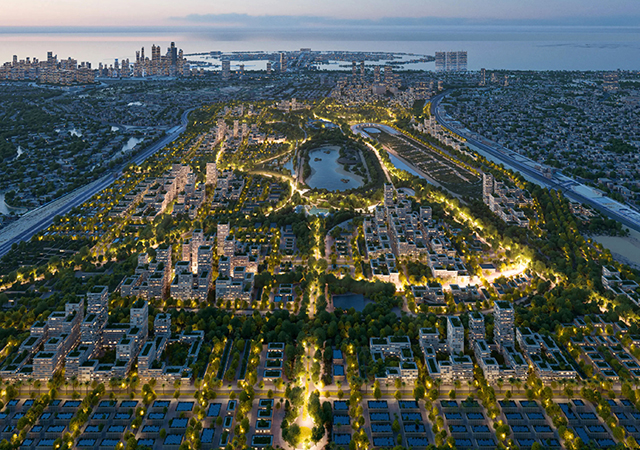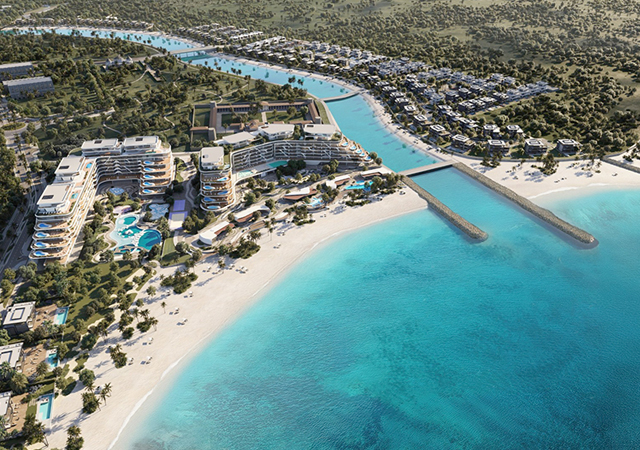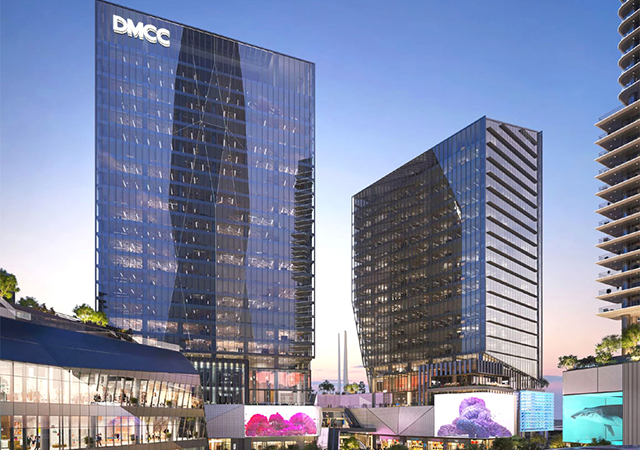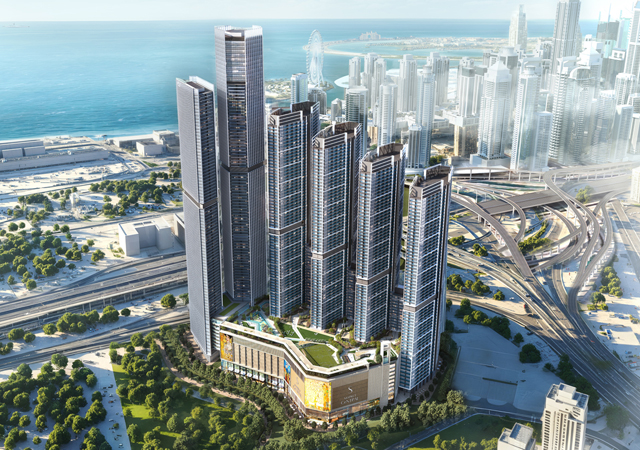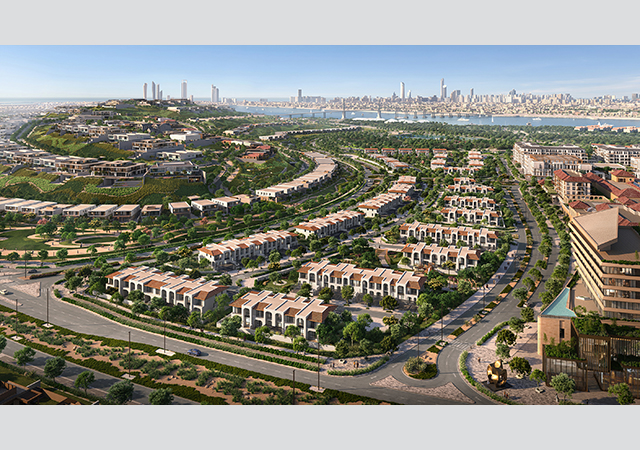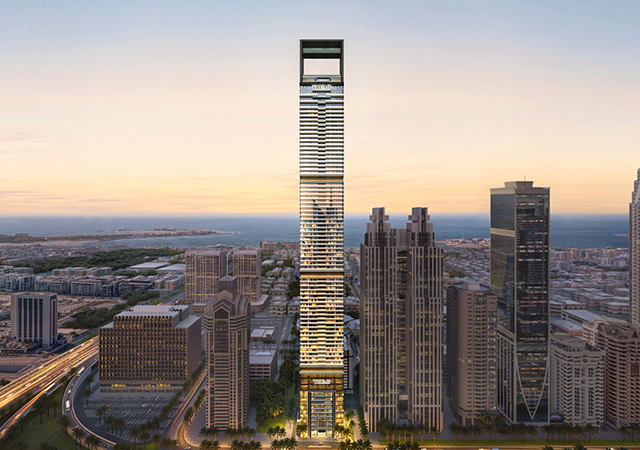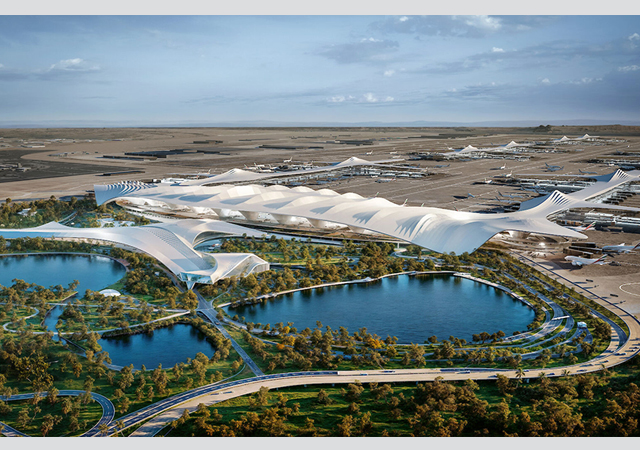
ACCORDING to the US Department of Energy, buildings consume approximately 68 per cent of the electricity produced in the US annually.
In the UAE, however, where the industrial sector is comparatively less developed, residential and commercial buildings consume an average of 81 per cent of the power generated by the country’s power plants.
While insulating walls involves an additional investment, these costs are outweighed by the reduction in the size of the air-conditioning load required to cool the facility to comfortable levels as well as in the associated electrical and civil works. This is apart from the reduction of annual energy costs.
In an attempt to reduce the loss of energy through uninsulated walls and thus reduce consumption, Dubai Municipality issued a decree (No 77 for 2001) that demands a U value of 0.1 Btu/hr/sq ft deg F for all external walls of buildings.
Link for TABLE 1: WALLS HEAWT GAIN (Btu/sq m of wall area)
Furthermore, with the growing awareness of environment-friendliness and the demand for sustainable buildings, projects that are seeking to comply with the principles of Leed 2.2 (Leadership in Energy and Environmental Design) “Chapter 3: Energy and Atmosphere”, must ensure that all building wall components meet the minimum insulation and maximum U-factor listed for the project’s climate zone.
Hence, Dubai Municipality has chosen a suitable insulation value that aims to strike a balance between costs and energy savings.
Prior to the decree, standard construction projects utilised uninsulated masonry wall with a U factor of 0.437 Btu/hr/sq ft deg F – which is still being utilised in many areas of the Middle East.
Dubai Municipality’s decree sets the basic minimum requirements and there is always room to surpass them, which is sometimes recommended.
This is why several new developments are considering using a more stringent lower U value of 0.06 Btu/hr/sq ft deg F.
Link for TABLE 2: ANNUAL COOLING NERGY (ton-hr/yaer/sq m of wall area)
In this paper, we aim to address this issue by evaluating the total capital cost and lifecycle cost of using this higher specification as compared to a wall with a U-value of 0.1 Btu/hr/sq ft deg F.
We have analysed different types of walls based on unit area (sq m), with U values of U = 0.1 Btu/hr/sq ft deg F; U = 0.06 Btu/hr/sq ft deg F for insulated walls; and U = 0.437 Btu/hr/ft deg F for uninsulated walls.
Tables 1 and 2 analyse the impact on air-conditioning load design capacity and anticipated annual cooling energy, respectively.
Table 3 analyses the total cost impact, considering the wall insulation cost and the resulting reduction in the size of the air-conditioning system and associated electrical system cost.
Table 4 looks at the annual operating cost savings in two areas of the UAE – Abu Dhabi, and Dubai and the Northern Emirates.
Other countries can evaluate these costs using their respective individual utilities rate.
Apart from the impact on the cost, insulation plays a crucial role in terms of the environment.
The higher the insulation value of the construction material, the lower the electricity consumption by the air-conditioning system.
For every kWH of electric power saved, approximately 0.7 kg of CO2 emission is avoided at the power plant.
Another environmental benefit of using insulated walls is the reduction in noise pollution from air-conditioners and chillers room, in addition to isolating the interior from the noise from the outside.
Link for TABLE 3: IMPACT ON COSTS (Dh/sq m of wall area)
Conclusion
Insulation of walls (U=0.1 Btu/hr/sq ft deg F) reduces both construction and operating costs. Yet there are those who ask “why is it necessary to make insulation mandatory?”
The figures speak for themselves. The additional cost of Dh20 ($5.45) per sq m of a insulated wall is offset by the reduced cost of the air-conditioning system and its associated electrical system which leads to net savings of Dh112.6 per sq m of the wall area.
This apart, the operating cost is significantly lower – by a whopping 76 per cent! It must be noted, however, that the overall impact of increasing the level of insulation (U=0.06 Btu/hr/sq ft deg F) requires further detailed analysis and has diminishing returns.
The additional investment compared to an insulated wall (U = 0.1 Btu/hr/sq ft deg F) is Dh15.3 per sq m of wall, while the operating cost saving would result in a payback period of 12.75 years in Abu Dhabi and 5.9 years in Dubai and the Northern Emirates.
* George Berbari is the CEO of DC Pro Engineering, with a bachelor of mechanical engineering degree from the American University of Beirut, (AUB) 1985. He had 21 years of experience in the Middle East’s HVAC sector. DC Pro Engineering, an electromechanical consultant, is a leading international authority in the field of district cooling engineering.
** Abdullah Abu Gallioun is a Leed-accredited professional (US Green Building Council) with a bachelor of mechanical engineering degree from the University of Jordan.
Link for TABLE 4: OPERATING COST ANALYSIS (Dh/year/sq m of wall area)


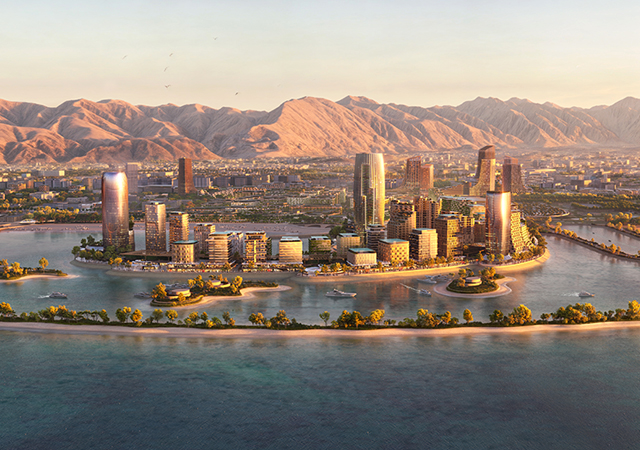
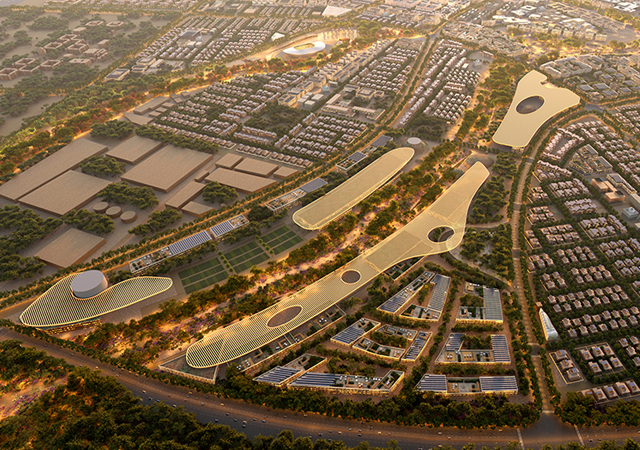
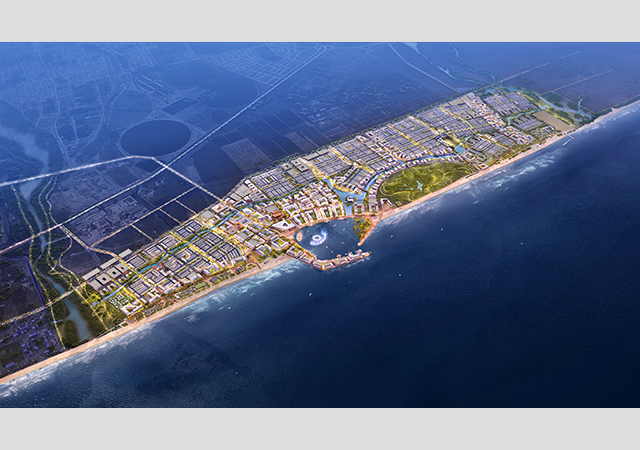
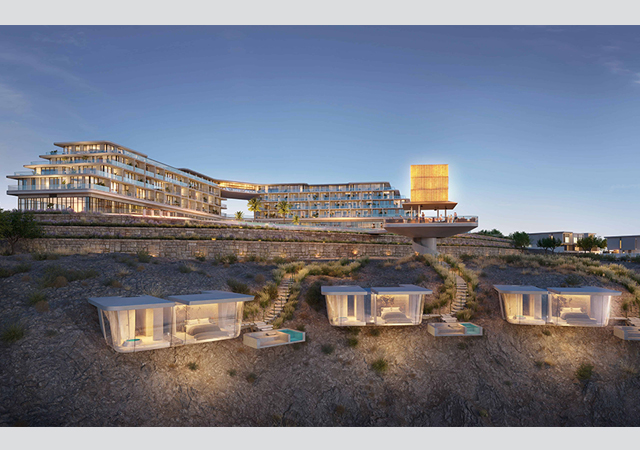
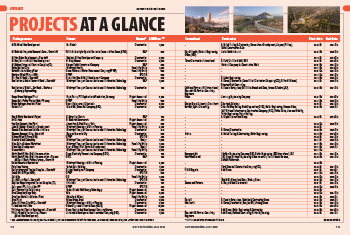
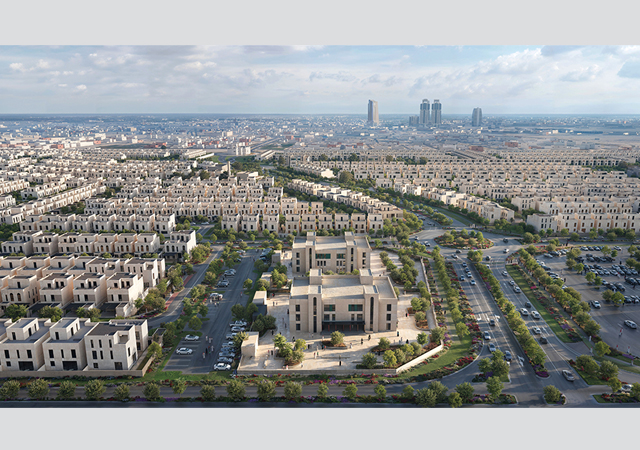
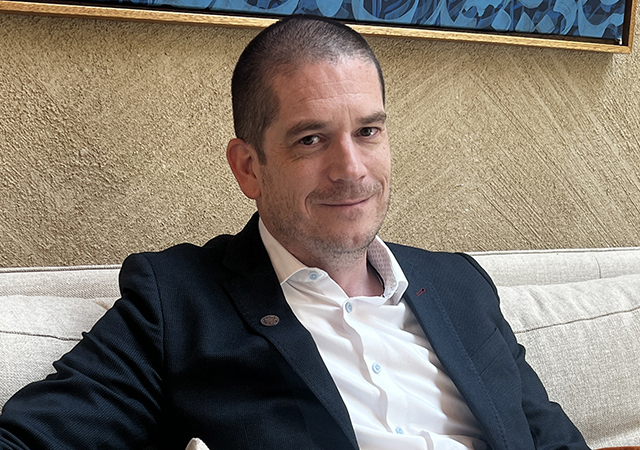

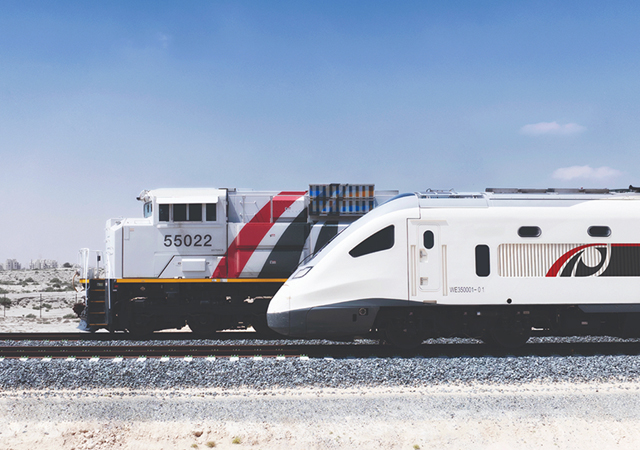
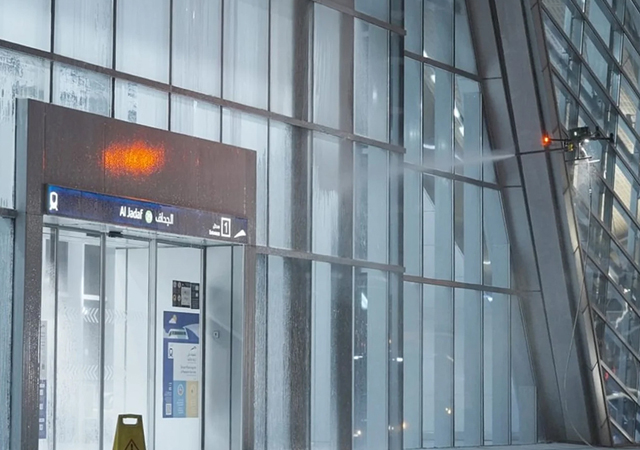
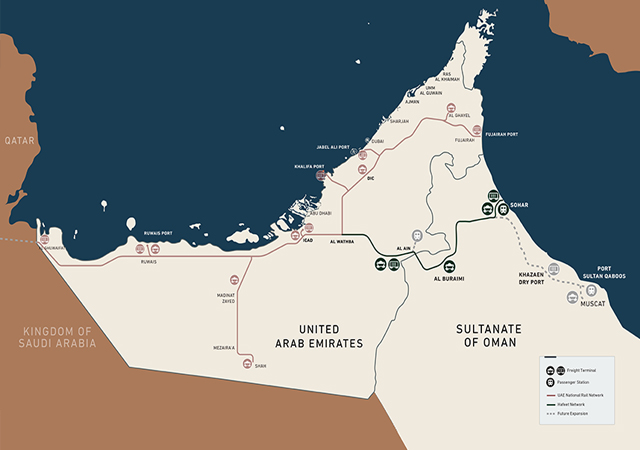
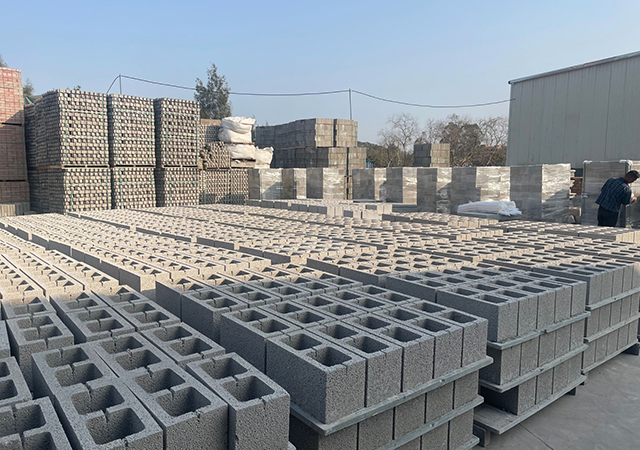

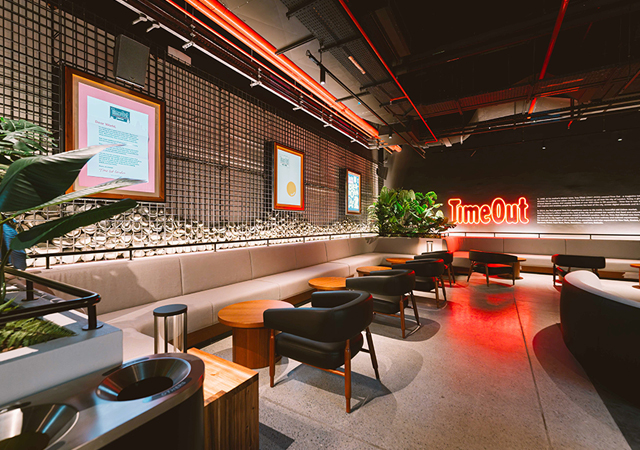
.jpg)
.jpg)
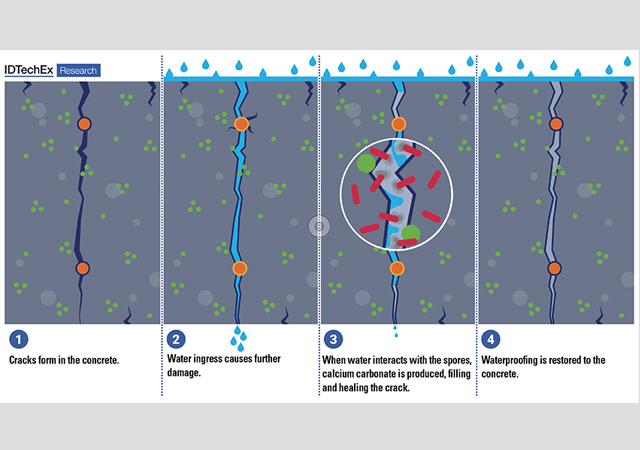
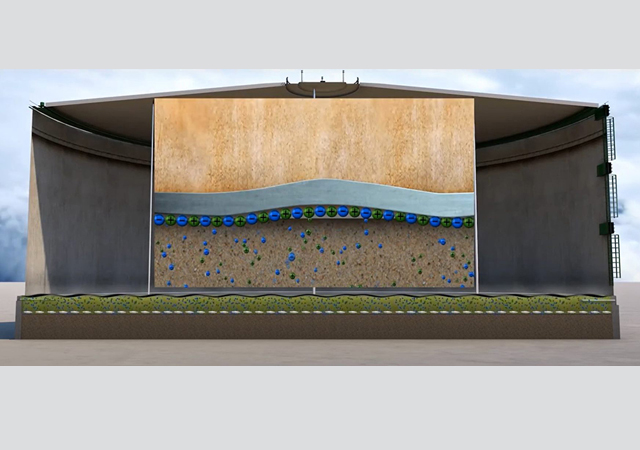
.jpg)
.jpg)
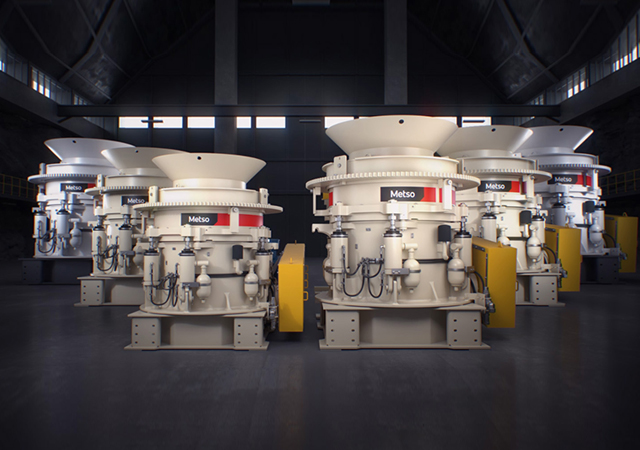

.jpg)

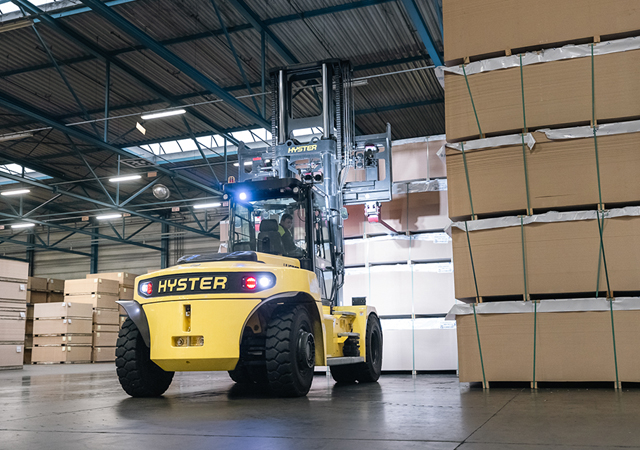
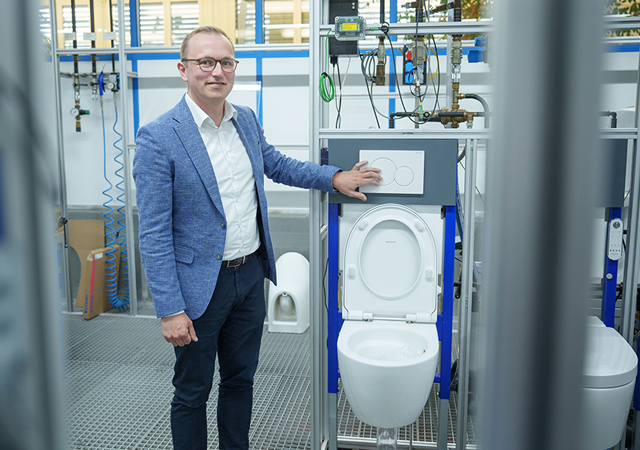

 Doka.jpg)



